Foot health is crucial in our daily life, especially for patients with foot problems. Flat feet and high arches are two common foot issues, respectively characterized by an excessively low or high arch, which causes uneven pressure on the foot and leads to pain, fatigue, and other lower limb problems.
Fortunately, the foot 3D laser scanner can help us accurately assess these issues and provide a detailed foot health report. Let’s take a look at how this device evaluates flat feet and high arches.
1. Basic Principle of Laser Scanning
The principle of the foot 3D laser scanner is actually very simple. It directs a laser beam onto the foot sole and then calculates the accurate position of each point based on the reflected light, finally creating a 3D model of the foot. The scanner will scan the entire surface of the foot, including the arch area, the sole, the toes, and so on. The scanning is non-contact, meaning the foot is not subjected to any pressure, making it very comfortable.
2. Evaluation of Flat Feet
Flat feet are characterized by a low or completely collapsed arch, causing the bottom of the foot to nearly touch the ground. For flat foot patients, the pressure distribution on the foot is uneven, and the arch's support function is insufficient, leading to excessive pressure on other areas (such as the heel and toes). Through foot 3D laser scanning, doctors can accurately evaluate the height and shape of the arch and determine whether flat feet are present.
Arch Height: In a normal foot structure, the arch forms a certain degree of curvature, and the middle of the foot has some height. If the arch height is lower than the normal value, a flatter arch region will appear in the scan image, and the doctor can diagnose it as flat feet.
Pressure Distribution: The scanner can also be combined with pressure sensing technology to measure the pressure distribution in various parts of the foot. For flat foot patients, the pressure is generally concentrated in the heel, toes, and other areas, while the arch region, due to the lack of arch support, is significantly reduced or even completely relaxed. By analyzing this data, doctors can further confirm the existence and severity of flat feet.
Foot Shape: The 3D scan can accurately display changes in the foot shape, such as the degree of arch collapse. If the arch height is significantly lower than the normal value and the shape is flat, it can be largely confirmed as flat feet.

3. Evaluation of High Arches
Unlike flat feet, high arches occur when the arch is too high, causing the middle of the foot to be too far from the ground. This condition also affects the foot’s pressure distribution and may lead to fatigue, pain, and other movement problems. When evaluating high arches, the foot 3D laser scanner can also display the arch shape and pressure distribution through accurate 3D data, aiding doctors in making the diagnosis of high arches.
Arch Height: For those with high arches, the arch height is generally much higher than that of a normal foot. Doctors can clearly observe the arch height using the scanner and compare it to the normal value. If the arch is too high, a prominent curved area will be clearly visible in the 3D image.
Pressure Distribution: High arch patients generally have uneven pressure distribution, especially in the front part of the sole and the toes. These areas will have more concentrated pressure compared to normal feet, while the arch region may be too low or absent. The scanner can clearly capture these slight pressure variations, which helps doctors in diagnosing high arches.
Foot Shape: The 3D scan can display the arch curve and height, providing doctors with a more intuitive understanding of whether the foot shape is excessively high. If the foot has an overly curved shape, coupled with abnormal pressure distribution, it can be confirmed by the doctor as high arches.
4. Comprehensive Analysis and Personalized Treatment
The foot 3D laser scanner can accurately measure the arch height and also analyze other key indicators of the foot, such as the width of the sole and the arrangement of the toes. Doctors can gain a more comprehensive understanding of the foot’s health condition through this comprehensive data and create a personalized treatment plan based on the different needs of flat foot or high arch patients.

 +86-0755-86131192
+86-0755-86131192 2025-11-07
2025-11-07 Back to list
Back to list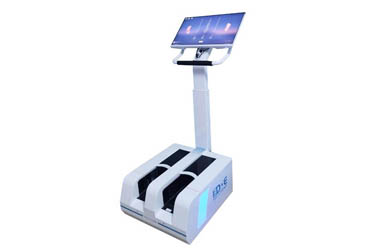
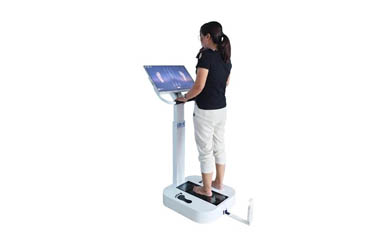
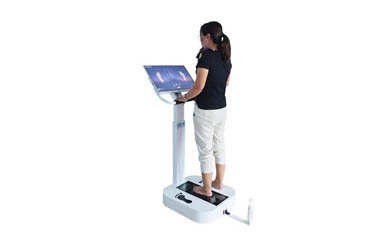
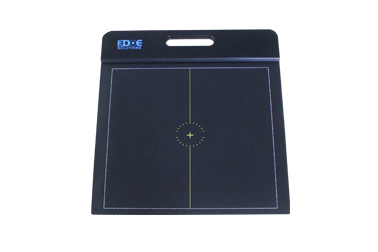
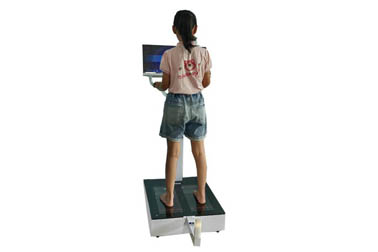



 +86-0755-86131192
+86-0755-86131192